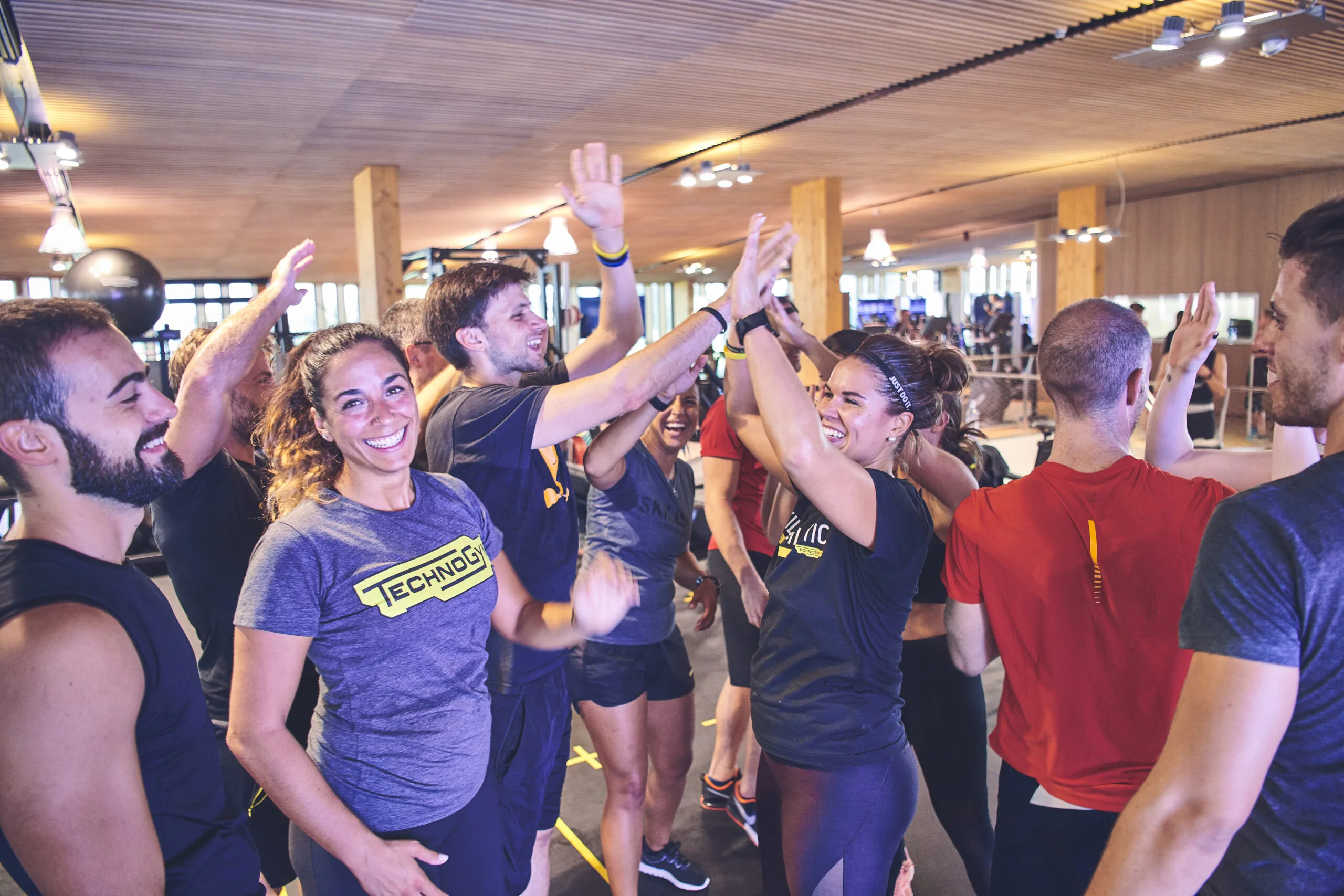
Sport: Italians are less active than the European average
26 April 2023
At any age and stage of life, regular physical activity means making a choice in favour of your health. But how much is it practised in Italy and in the rest of Europe? In order to answer this question, the editorial staff of Dati alla mano, a podcast produced by Istat as part of its activities to promote statistical culture, interviewed Laura Iannucci, an Istat researcher and expert on the subject.
What are the habits of adults in the practice of physical activity in Italy and Europe?
Figures from the latest European Health Interview Survey (EHIS), referring to 2019, place Italy 21st – out of 27 countries – in the ranking of the percentage of adults practising physical activity in their free time: Only 26.7% practice aerobic physical activity (exercise involving a slight increase in breathing or heart rate) at least once a week, whereas among the European adult population the percentage rises to 44.3%. Figures for Italy are even lower if we look at muscle-building physical activity (exercise aimed at strengthening the muscular system): only 14.4 per cent of the entire adult population practices it, compared to 26.3 per cent of the European adult population.
What should the typical week be like in terms of physical activity? And how do Italians and Europeans behave?
According to the World Health Organisation, an adult should perform at least 150 minutes of moderate-intensity aerobic physical activity per week or at least 75 minutes of vigorous-intensity physical activity. In Italy only 1 in 5 people practice aerobic physical activity for at least 150 minutes per week in 2019, compared to 1 in 3 on the European average. Similar or even lower levels of aerobic physical activity than those in Italy are also observed in other southern (Greece, Croatia, Malta, Portugal) and eastern European countries (Lithuania, Latvia, Poland, Bulgaria and Romania). Whereas people living in Northern Europe (Netherlands, Sweden, Denmark) are significantly more active, where more than 50% of the population dedicates at least 2 hours and 30 minutes per week to physical activity.
Do gender gaps emerge in these data?
In Italy, as in most European countries, the aptitude for physical activity is lower for women, only 1 in 7 meets the WHO recommendations and the proportion drops among people with low educational qualifications: only 1 in 9 does at least 150 minutes of aerobic physical activity during the week. Italians are less active than other Europeans even when they move from one place to another: only 16% use bicycles compared to a European average of 23.6%. In Denmark it is almost 50% and in the Netherlands it is over 60%. More and more studies observe that people who live in more ‘walkable’ and safe environments are more inclined to active transport and have higher levels of physical activity.
Are there age groups in which the differences between Italians and Europeans are more significant?
It is mainly the elderly aged 75 + who differ the most from their European peers. Despite the fact that the scientific literature has been showing for years that regular physical activity at old age makes it possible to live longer and healthier and alleviates the symptoms of many NCDs. In Italy only 1 over 75 meets the WHO recommendations compared to 3 in Europe and even 6 in Denmark, the Netherlands and Sweden.
Source: Eurostat
Fonte: Eurostat







